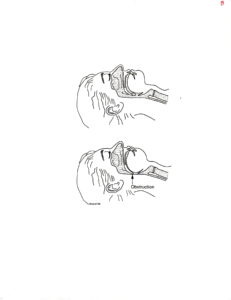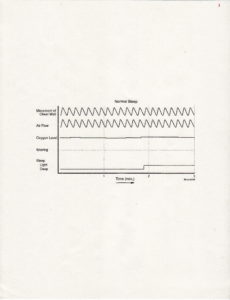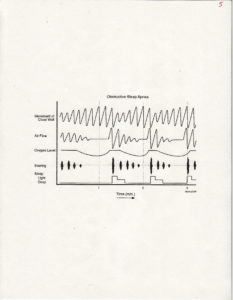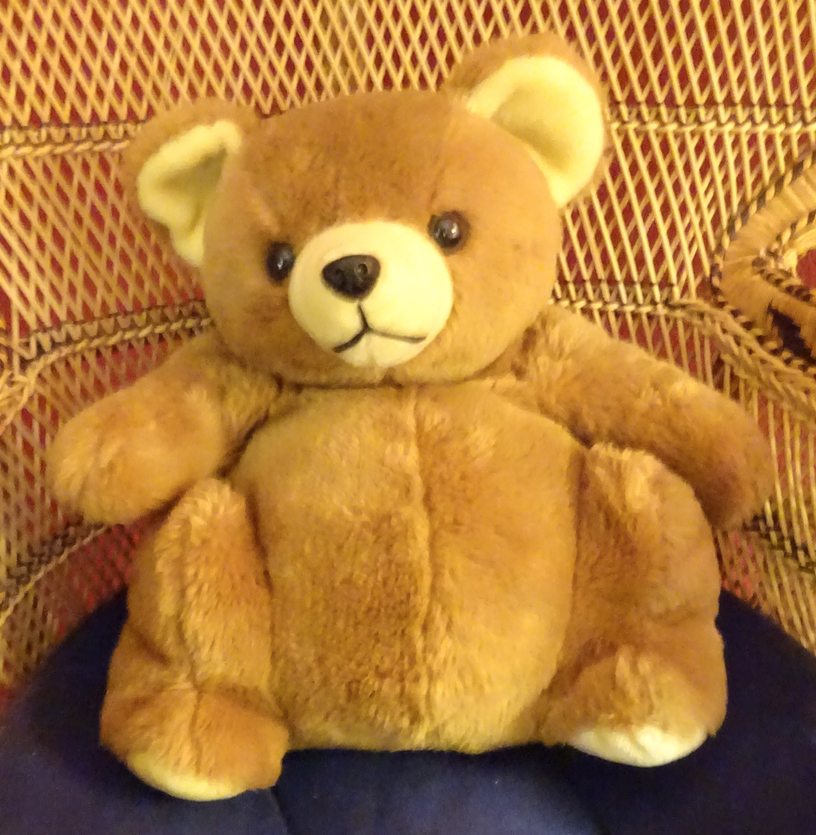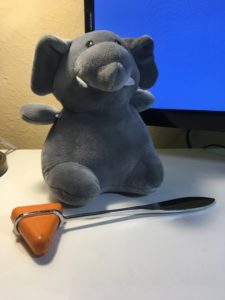I am reminded of a cartoon from the 1960’s. People can be seen bowing before an altar, an empty altar, with the name ”Nothing” on it. On the top of the altar, there is nothing. It is empty. In the rear looking towards the altar, one person whispers a question to a second person, “Is nothing sacred?”
Science is not sacred. Science is not a thing. Science is a process, a technique, and a method to study problems, questions, theories and their solutions in an organized manner. What then are scientists? They are people who use the method. They are individuals from almost any field of human endeavor doing research in their fields of interest. But, most of all they are humans.
“Is nothing sacred?”
We are washing our hands more these days. Coronavirus has seen to that, but it was not always so. There was a time in human history when, among doctors, it was not thought fashionable, necessary, or appropriate to wash hands. In fact, the presence of bloody debris on doctor’s clothing and hands was a sign of importance.
A physician in the 1840s, Dr. Ignaz Semmelweis, observed and studied a problem with infections in labor and delivery at Vienna General Hospital. Infection rates and mortality rates for women having their babies in the hospital were extremely high. His observations led him to believe that maybe the doctors themselves were transferring infections to patients in the hospital. He implemented what we would consider to be basic hygiene steps and instituted hand washing for the doctors between each patient’s evaluation and exam. The changes resulted in a dramatic improvement. Infection rates, in the area of the hospital where this was used, plummeted.
Unfortunately, this was not well received. The doctors working at his time in history would not accept his observations and facts. Dr. Semmelweis was shamed, belittled and driven from the profession. Many decades would pass and many others would confirm his work before the value of hand washing was accepted by the medical profession.
…shamed, belittled and driven from the profession.
Change is difficult to accept. Belief in the change has to occur before it can be accepted. A scientific study is a man-made creation. One fact is studied, but multiple measurements are made. The measurements are reviewed and conclusions are reached by men. Can other researchers duplicate the results? The process of science is a back-and-forth path. Even when a fact becomes established and proven to be verifiable, it may not be accepted into practice for many years. Likewise, established facts or practices that are proven wrong by new research will not be discarded untill many years or decades pass. In each case, the delay is often the result of other more human reasons.
Well-designed scientific studies in medicine and its related fields are large and very expensive endeavors that can last several years. They require years of commitment and dedication from the researchers. Reputations, careers, professional positions, titles, rewards and not the least, egos, become established, glorified, tarnished and destroyed based on scientific study results and positions taken regarding those results. Unsurprisingly, human behavior enters into acceptance. When the facts are not clear or not definitive, time is required for new studies to provide new information or knowledge about the subject. The factual debate may last years, decades, or even centuries. Unfortunately, strong personalities expressed through loud voices with bully pulpits will often sway the profession, government or public to positions that do not tell the entire or accurate story. It can be, as in Dr. Semmelweis’ case, decades before a truer picture is known.
Public awareness of papers by researchers in any field is usually limited to observing the results of those studies and the generally accepted facts of the time. The scientific review process is not generally in the public view. The back-and-forth, the arguments, the clashing of the egos, has been carried out without public awareness. Now the new coronavirus pandemic is unfolding before us. The airways and social media are full of studies, opinions and arguments regarding the appropriate approach to diagnosing, treating and preventing coronavirus infections. The chaos you hear is real because no one knows what the elephant looks like. Like the blind men describing an elephant, each has his hands on some limited part of the animal’s anatomy, but the full picture will not be known for some time.
The chaos you hear is real…
One thing should be kept in mind. Medicine and its practice remains a learned art that applies experience, knowledge and technology to help humans manage their sufferings. Scientific facts have improved those skills and the techniques used to treat and assist those in need. Remember, while today’s reported scientific facts may indicate future practices (Semmelweis and hand washing), it may represent one person’s need for recognition and praise ultimately signifying nothing.
This scientific noise about the coronavirus will settle with time and a truer picture of what it means will become clearer. For the time being, the noise is being amplified by our politicians and media that have little experience in things medical and have their own needs for recognition. Do not expect that to change soon.
RGH June 2020





